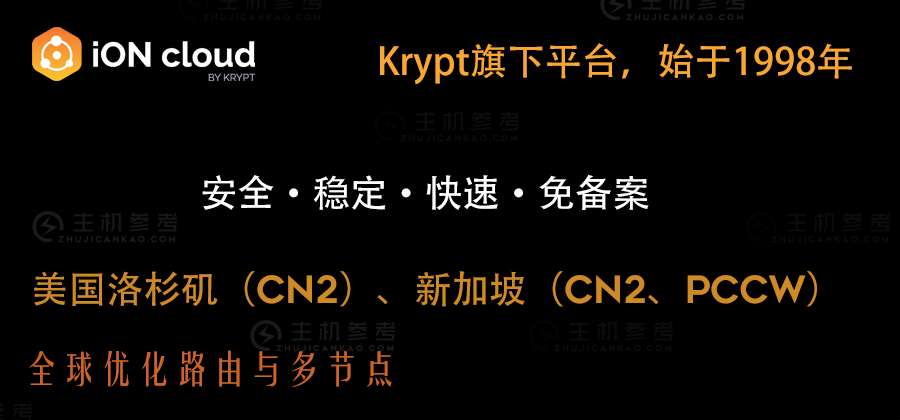| 主机参考:VPS测评参考推荐/专注分享VPS服务器优惠信息!若您是商家可以在本站进行投稿,查看详情!此外我们还提供软文收录、PayPal代付、广告赞助等服务,查看详情! |
| 我们发布的部分优惠活动文章可能存在时效性,购买时建议在本站搜索商家名称可查看相关文章充分了解该商家!若非中文页面可使用Edge浏览器同步翻译!PayPal代付/收录合作 |

Linux线程使用指南
什么是Linux线程?
Linux线程是操作系统的轻量级进程,它与其他线程共享相同的内存空间和资源。线程使应用程序能够并发执行多个任务,从而提高性能和响应能力。
Linux线程的使用
您可以使用以下步骤在Linux中创建和管理线程:
1.创建线程
& ltcode class = & quotc & quot& gtpthread _ t tidint ret = pthread _ create(& amp;tid,NULL,thread_function,(void *)arg);如果(ret!= 0){ perror(& quot;pthread _ create & quot);} & lt/code & gt;pthread_create函数用于创建线程。Tid是线程id,用于标识线程。Thread_function是线程要执行的函数。Arg是传递给thread函数的可选参数。2.线程功能
线程函数是线程执行代码的函数。它接收一个参数(如果没有参数则为NULL)。
& ltcode class = & quotc & quot& gtvoid * thread _ function(void * arg){//线程代码返回NULL} & lt/code & gt;3.等待线程
主线程可以使用pthread_join函数等待线程完成。
& ltcode class = & quotc & quot& gtint ret = pthread _ join(tid,NULL);如果(ret!= 0){ perror(& quot;pthread _ join & quot);} & lt/code & gt;4.释放资源
在线程完成执行后,应该释放与该线程相关联的任何资源。
示例代码
以下示例代码创建了两个线程,每个线程打印不同的消息:
& ltcode class = & quotc & quot& gt# include & ltpthread.h & gt# include & ltstdio.h & gtvoid * thread 1 _ function(void * arg){ printf(& quot;来自线程1的Hello!\ n & quot);返回NULL} void * thread 2 _ function(void * arg){ printf(& quot;来自线程2的Hello!\ n & quot);返回NULL} int main(){ pthread _ t tid 1,tid2//创建线程1 intret = pthread _ Create(&;tid1,NULL,thread1_function,NULL);如果(ret!= 0){ perror(& quot;pthread _ create & quot);返回1;}//创建线程2 ret = pthread _ Create(&;tid2,NULL,thread2_function,NULL);如果(ret!= 0){ perror(& quot;pthread _ create & quot);返回1;}//等待线程完成pthread _ join(tid 1,NULL);pthread _ join(tid 2,NULL);返回0;} & lt/stdio . h & gt;& lt/pthread . h & gt;& lt/code & gt;
这几篇文章你可能也喜欢:
- 如何在坡道环境中优化数据库(数据库优化方法)
- 如何解决动物园管理器延迟问题
- 如何备份和恢复Zookeeper数据(Zookeeper数据所在)
- 如何优化Zookeeper内存使用率(Zookeeper Zuul)
- 如何管理数据库侦听器(数据库Binlog侦听器)
本文由主机参考刊发,转载请注明:如何使用linux线程(linux线程详解) https://zhujicankao.com/117969.html
 主机参考
主机参考















评论前必须登录!
注册